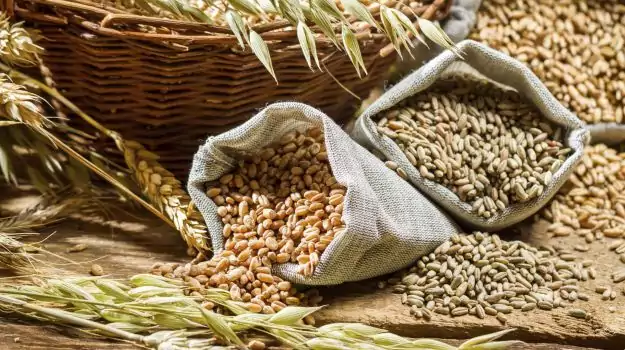Fiber is also an important component of nutrition. It is the most recognized of all carbohydrates in terms of disease prevention and general health, and it can be classified as two different types: soluble and insoluble. Insoluble fiber has merit in the realm of intestinal cleanliness and slowing down digestion through the GI tract, which allows for more thorough vitamin and nutrient absorption.
Soluble fiber, on the other hand, is invaluable for our theory of a calorie is not just a calorie. In a study published in The New England Journal of Medicine in 2000, a diet containing 50g of fiber (25 soluble, 25 insoluble) can lower cholesterol, improve glycemic control and decrease hyperinsulinemia. These findings are very important to nutrition’s emphasis on controlling the glycemic index of meals. By ingesting soluble fiber at mealtime, we can prevent spikes in the blood sugar and regulate the overall secretion of insulin.
In the American Journal of Clinical Nutrition, 1991, natural oat fiber reduced blood glucose and insulin levels. The soluble fiber used in this study was beta-glucan. Oats and barley are good natural sources of beta-glucan and are the primary sources of carbs used in your Macrobolic MRP. In a 1994 study published in Diabetic Medicine, patients fed wheat farina with oat bran showed a marked decrease in postprandial blood glucose levels and lower overall insulin secretion.
Fiber’s impact on maintaining lower blood glucose and lower insulin levels are all conducive to increased GH levels, increased fat burning and decreased cortisol—everything your body needs to increase muscle and burn body fat.

